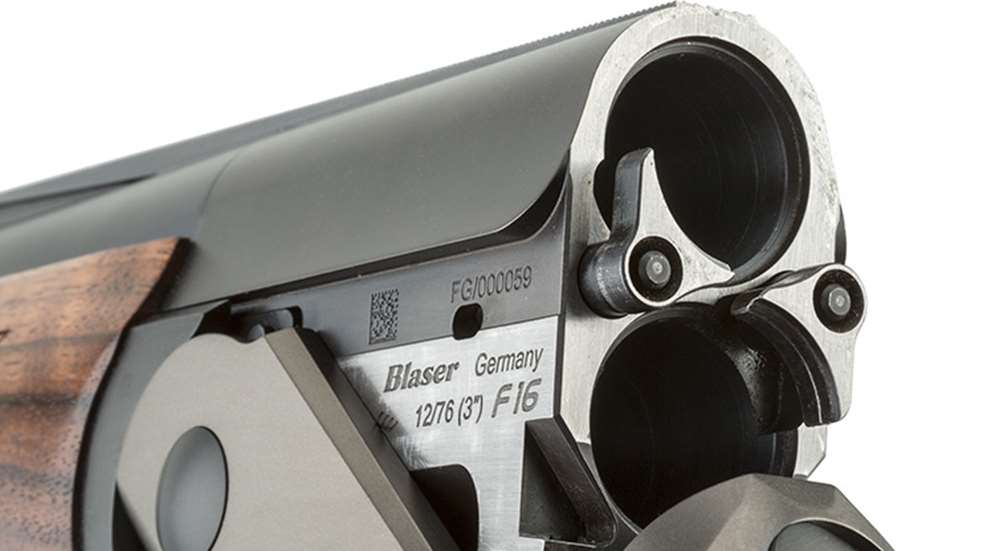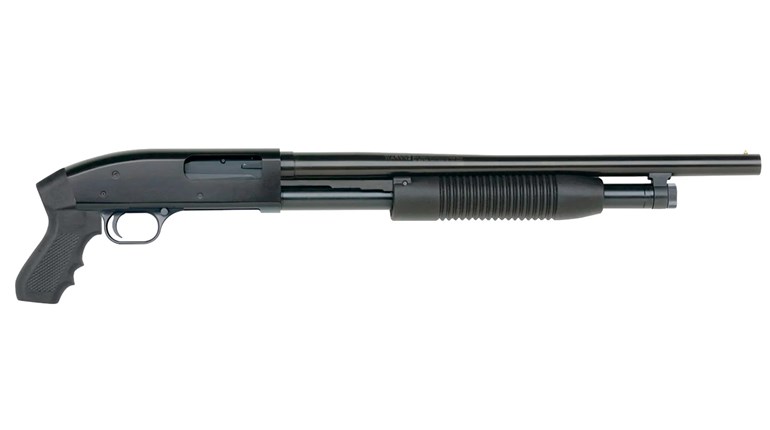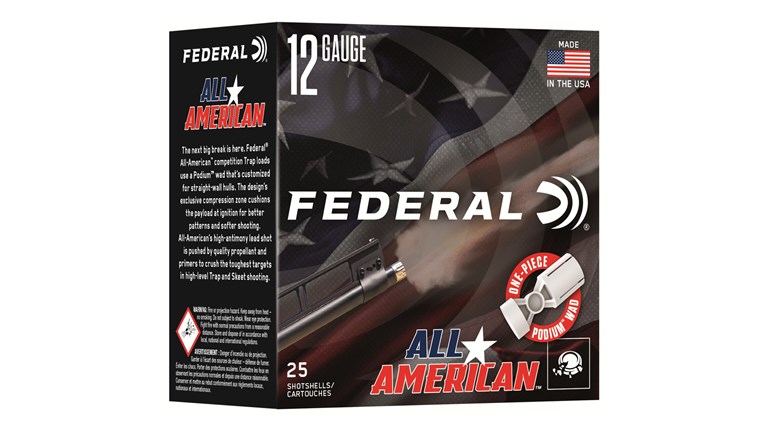
Is the new Blaser F16 the gun that motivates a goodly number of American hunters and clays shooters to buy their first pricey European shotgun? This latest creation is another in a string of forward-thinking designs from a company intent on making sure the term “German engineering” still means something special.
The gun’s mechanical guts—the parts most of us never see and hardly think about—are actually rather uncomplicated, an ingenious feat for an over/under with inertial locks and blocks and a single mechanical trigger to fire two barrels. The internal geometry is calculated to stand up to the 100,000-round beatings dished out by sporting clays nuts, and like the lock parts on all Blasers, the hammers, angled firing pins, lugs, etc., are all finished to a fine polish, a step that ensures exact tolerances and reduces internal wear.
A couple mechanical advantages introduced in Blaser’s earlier F3 over/under have been inherited. The Ejection Ball System (EBS) cocks the ejectors when a shot is fired, then releases the tension as the hulls are jettisoned. As such, the resistance encountered in closing the action is greatly reduced since it plays no part in spring-loading the ejectors. Blaser says EBS makes ejection more consistent and thereby results in less wear. Also present is the company’s proprietary Inertia Block System that prevents the shotgun from doubling or fan-firing.
My test model, along with examples on display at an F16 launch event in Texas, opened eyes. While the stock’s grade II walnut is quite nice if fairly typical in this class, the lines are striking. The gun’s semi-round-body receiver sculpts inward to mate with the over/under’s monobloc, and it wears a gray nickel finish that contrasts slightly with the blued barrels. The fore-end is slender and spare, and the receiver’s fusion with the rounded stock lines is especially pleasing.
While appreciation for engineering and styling may be in the eye of the beholder, every prospective buyer will pay attention to what those savvy German engineers made their priority—natural pointability. Designed with the lowest 12-gauge over/under receiver—60mm—on the market, with impeccable balance and weight distribution and with a slew of smart stock dimensions, this thing really does point, not aim.
Or at least that’s how it went for me, when five minutes out of the truck, our dogs bumped a bobwhite that flew low and behind a tree and then momentarily flashed into an opening in the fencerow, which coincided with me shooting. Surprisingly it fell dead. Soon enough my average was dropping, but by the end of a busy morning tramping the Texas Hill Country with Blaser exec Bernard Knobel, I was still well over 50 percent—not bad for a sporadic wingshooter. Bernard also knocked down plenty of the Joshua Creek Ranch’s feathered stock, which proved to be among the best put-and-take fliers I’ve ever encountered.
For Bernard, who is by all accounts an accomplished clays man, it was understandable since he’s been instrumental in the F16’s development and marketing. Picking up a strange shotgun is often humbling for me, but not this time. Somehow it got pointed so that the results were largely pleasing. Since then I’ve beaten my average on a couple sporting clays courses. Two characteristics have helped, one noticeable and the other quite subtle. My head stays down on the F16’s comb better than usual. Also, the grip fits my hand almost perfectly. It sports a full palm swell in the normal place, and there’s also a faint contour extending forward. Nice touch.
During our bird hunt, I meant to pay attention to the F16’s trigger, which breaks like a quality rifle trigger at 3.8 pounds, but to be honest it felt so natural I didn’t notice. Another thing that went unnoticed was overthinking what I was doing. The birds flushed, I let rip, and more often than not, it worked like it should.
If natural pointability means hitting more targets—and isn’t that what matters?—then this new Blaser just might be the gun that convinces upgrading shotgunners to invest a bit more. The F16 runs about half the price of the F3 and other darlings of the sporting set, with an MSRP starting at $3,795 but probably selling for less from a dealer. There are two F16 variants—Sporting and Game, so whatever your sport or game, you’re covered. The two are pretty similar save for barrel-length options, sight beads and a couple additional features found on the Sporting, including trigger adjustment. One difference hunters should note is that the Game model weighs just 6.8 pounds, quite light for a 12-gauge over/under. At 7.5 pounds, the Sporting is built heavier to tamp down repetitive recoil.
If this piques your interest, my advice is to look around for an early adopter and persuade him or her to let you shoot a round of clays. I bet you’ll get the point.
Technical Specifications:
• Type: over/under shotgun
• Gauge/Chamber: 12/3"
• Barrels: 28" (tested), 30", 32"; ventilated top rib; threaded for choke tubes
• Sights: tapered rib w/front nickel-silver bead
• Safety: manual, sear-blocking
• Trigger: single, selective, mechanical; 3.8-lb. pull weight (top barrel), 4-lb. (bottom barrel)
• Stock: grade II walnut; LOP 14.75"; drop at heel 2.25"; drop at comb 1.5"
• Metal Finish: nickel-gray receiver, blued barrels
• Overall Length: 45.25"
• Weight: 6.8 lbs.
• Accessories: fitted polymer case, 3 choke tubes (IC, M, IM)
• MSRP: $3,795





































